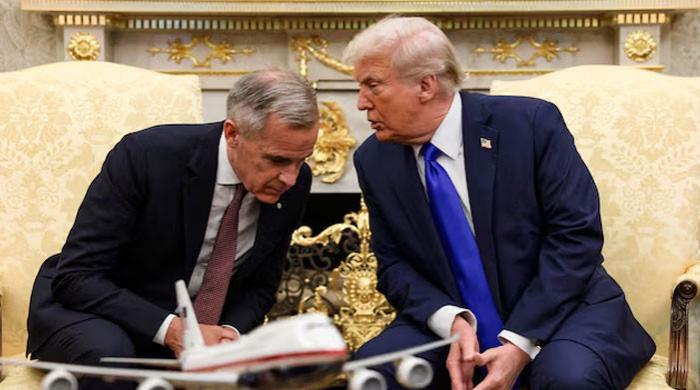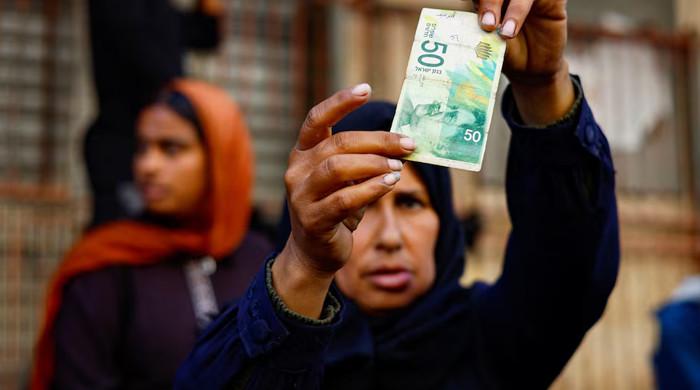Afghanistan opium production surges by 49 percent
KABUL: Despite years of international effort to reel back Afghanistan’s opium culture, cultivation and production hit record levels this year, and programs to counteract them have floundered,...
November 13, 2013
Given how central an issue the country’s growing drug economy has become — driving official corruption, helping to fund the insurgency, creating instability in neighboring countries and intensifying a domestic addiction crisis — Western diplomats and officials said in interviews that the seeming failure of the drug war in Afghanistan will weigh heavily on the legacy of the dozen-year NATO military mission as it draws to a close next year.
“We have failed, we have lost — that’s all there is to it,” said one Western diplomat, speaking on the condition of anonymity so as not to offend Afghan government officials.
The new report, the Afghanistan Opium Survey for 2013, projects that the land area used for opium cultivation in Afghanistan, long the dominant supplier of most of the world’s heroin, reached a historic high in 2013 of 516,000 acres, a 36 percent increase from 2012. Now, 19 of the country’s 34 provinces are opium growers, also an increase, and overall production was up by almost half — 49 percent — from the previous year, according to the report, officially released on Wednesday.
“This has never been witnessed before in the history of Afghanistan,” said Jean-Luc Lemahieu, the departing leader of the Afghanistan office of the United Nations Office on Drugs and Crime, which produces the annual survey.
At the same time, opium crop eradication efforts have flagged, with the overall area targeted down 24 percent from the previous year.
Still, Afghan law enforcement officials insisted that they were having an effect. “Last year alone we confiscated 14 percent of the narcotics produced in Afghanistan and arrested 4,000 smugglers, including small, midrange and major smugglers,” said Maj. Gen. Khalilullah Bakhtiyar, head of operations for the Afghan government’s Counter Narcotics Police. He noted that official Afghan government figures for 2013, however, were not yet available since the year has not finished.
The record opium figures have come despite billions of dollars and years of effort by the international community to reduce the number of poppies grown in Afghanistan. It has been one of the rare unifying issues in the region, drawing in countries like Russia and Iran that are outside the NATO-led military coalition. Both have extremely high heroin addiction rates, most of it attributed to drugs from Afghanistan.
In addition, Afghanistan has a rapidly growing addiction problem of its own, with more than 5 percent of the population estimated to be using drugs, one of the highest rates in the world.
The international community and the Afghan government have differed on how to combat the problem. Afghan officials often emphasize efforts to reduce demand in other countries. The American government alone has spent more than $6 billion to curb opium production since 2001, including crop eradication programs and subsidies for alternative crops.
But those efforts have faltered. Alternative crops cannot command the sort of prices even to farmers that opium does, especially after shortages led to historically high prices in 2012. And the NATO-led coalition has abandoned any crop eradication by its soldiers for fear of driving farmers over to the insurgents, a policy strongly criticized by the Russians, among others.
Among the biggest beneficiaries of the illicit opium economy have been the Taliban. The militants have opposed eradication efforts in order to build support among farmers in rural areas crucial to their insurgency, particularly in the southern provinces of Kandahar and Helmand. And where opium is produced in areas where they are prevalent, they assess a 10 percent tax on it, a major source of finance for their activities, officials said.
Advertisement











